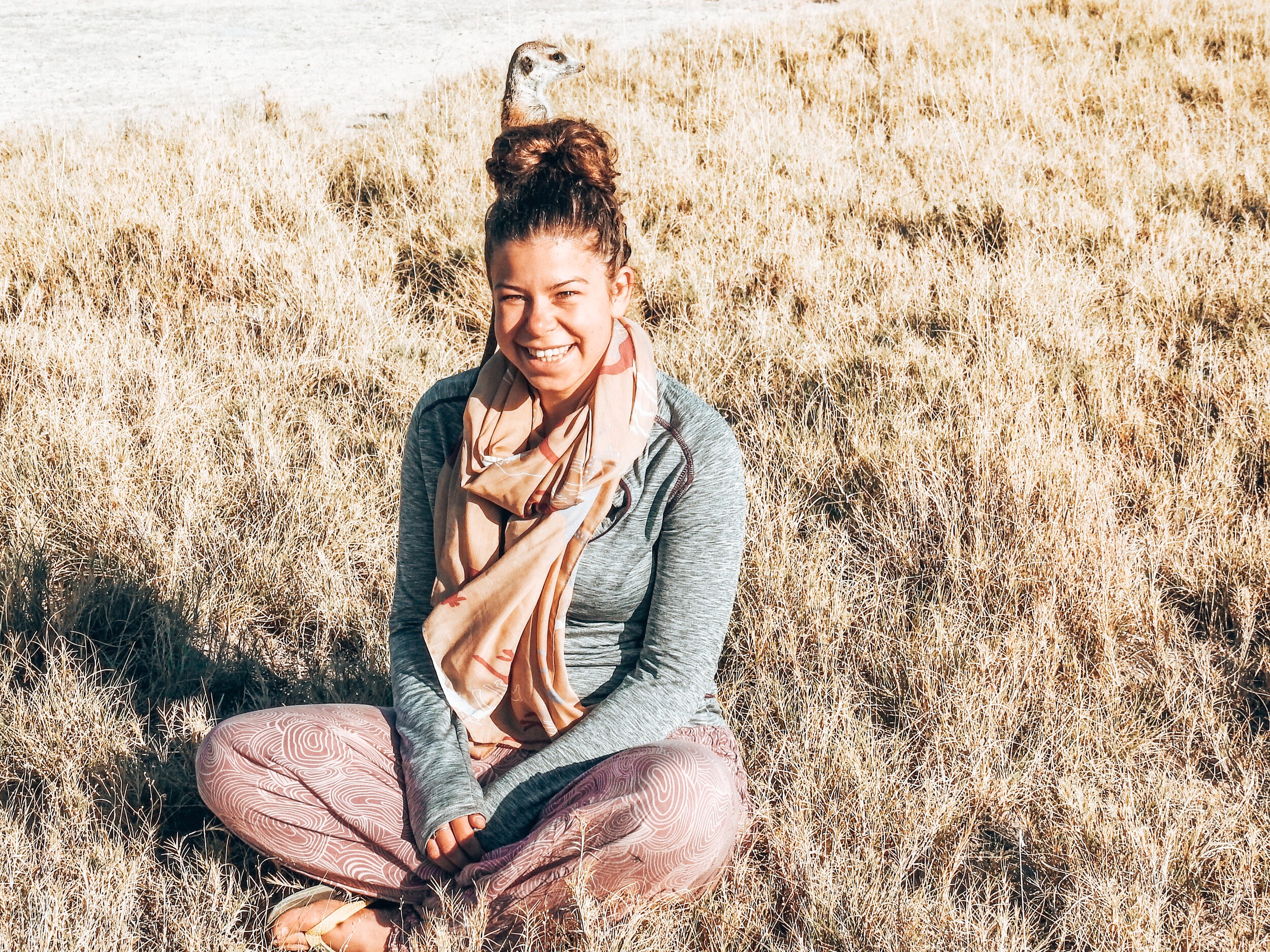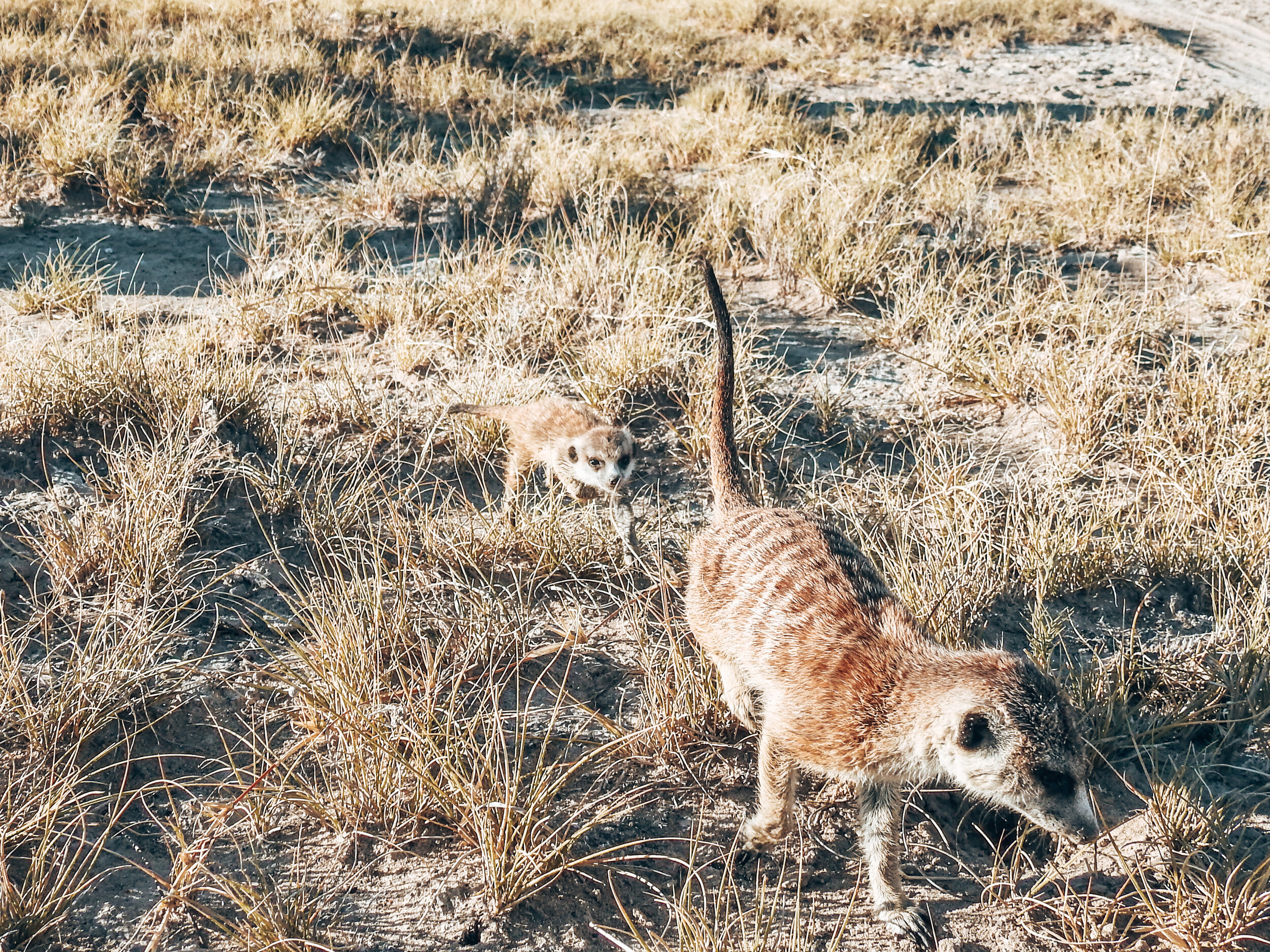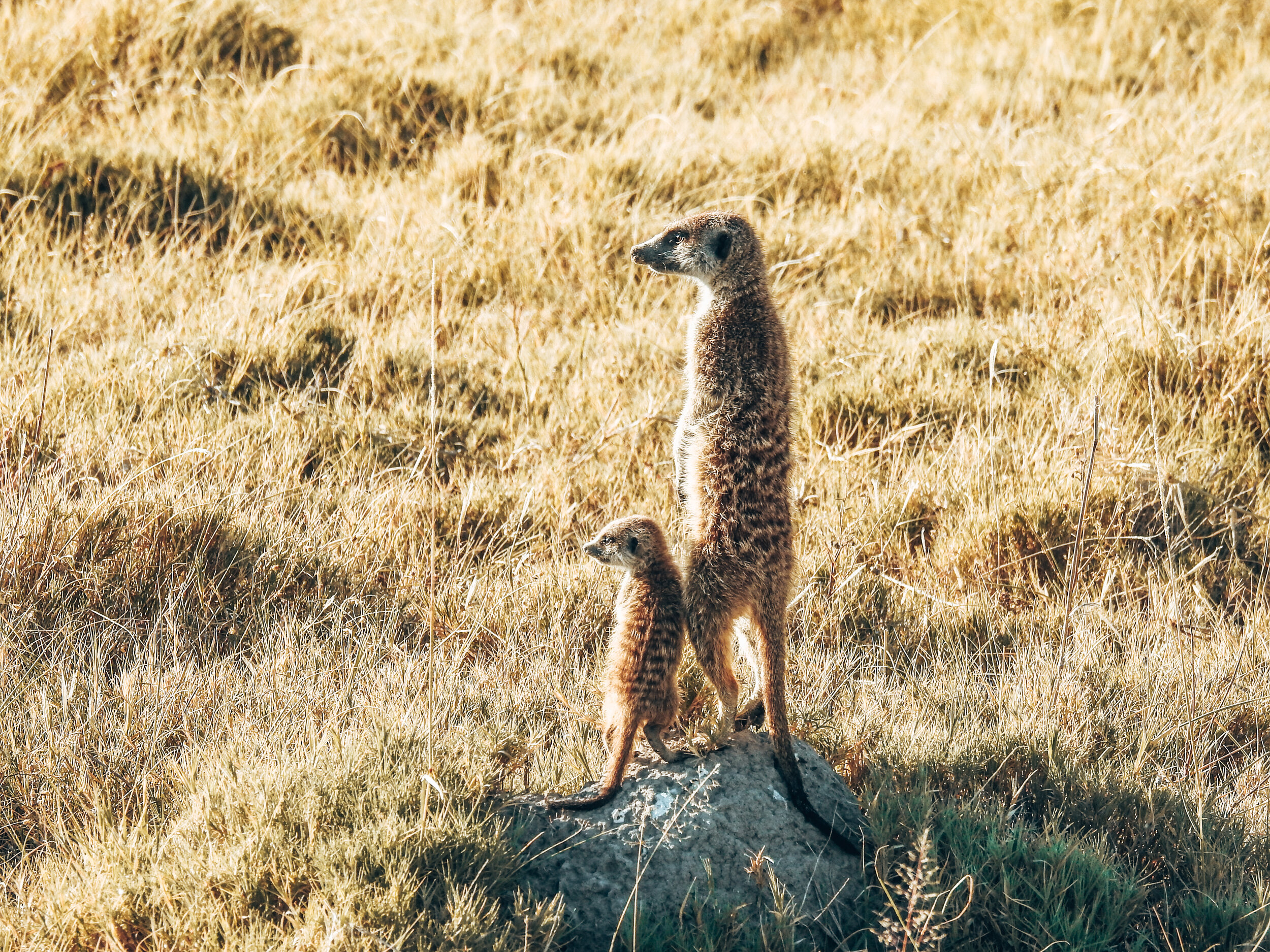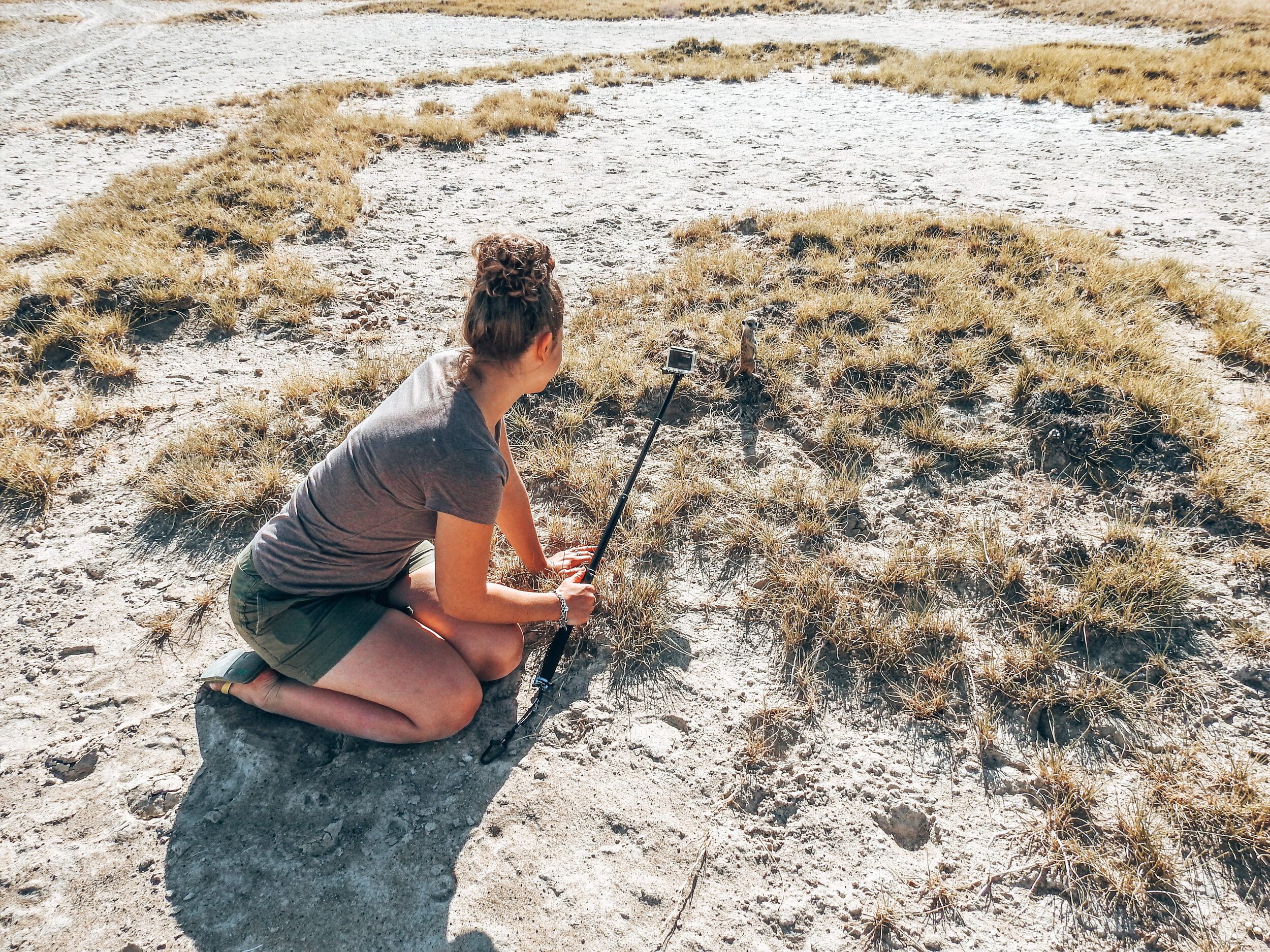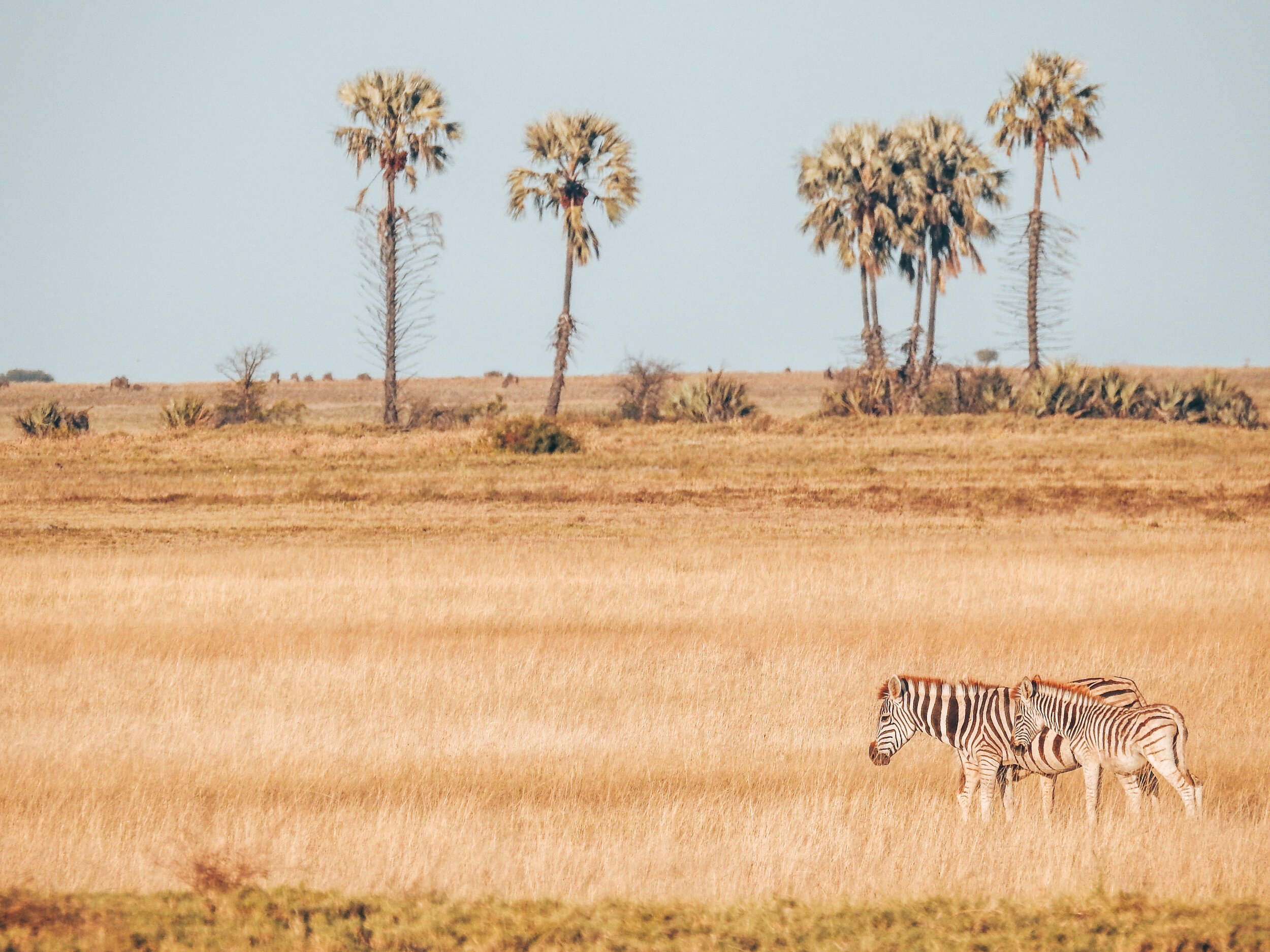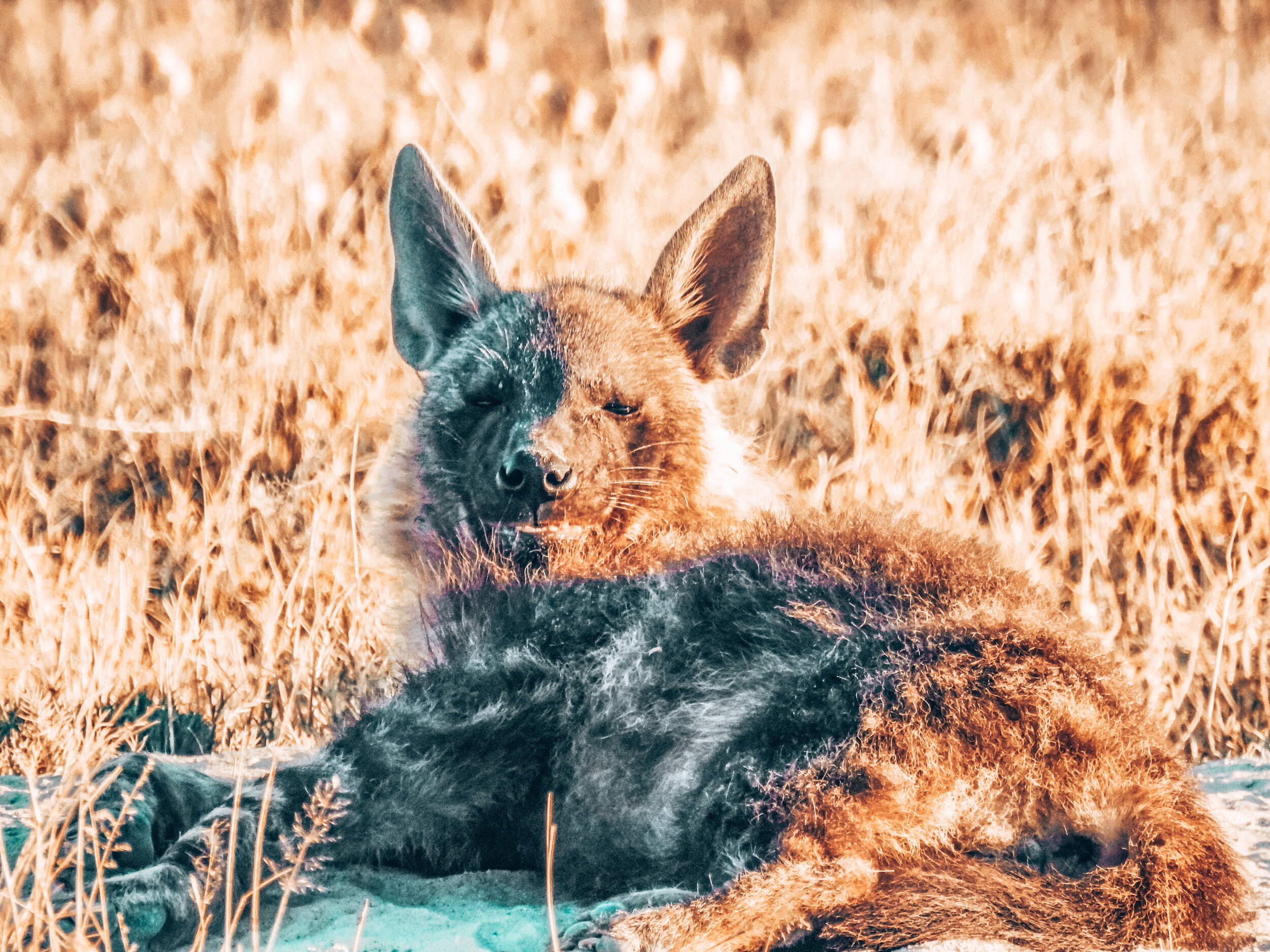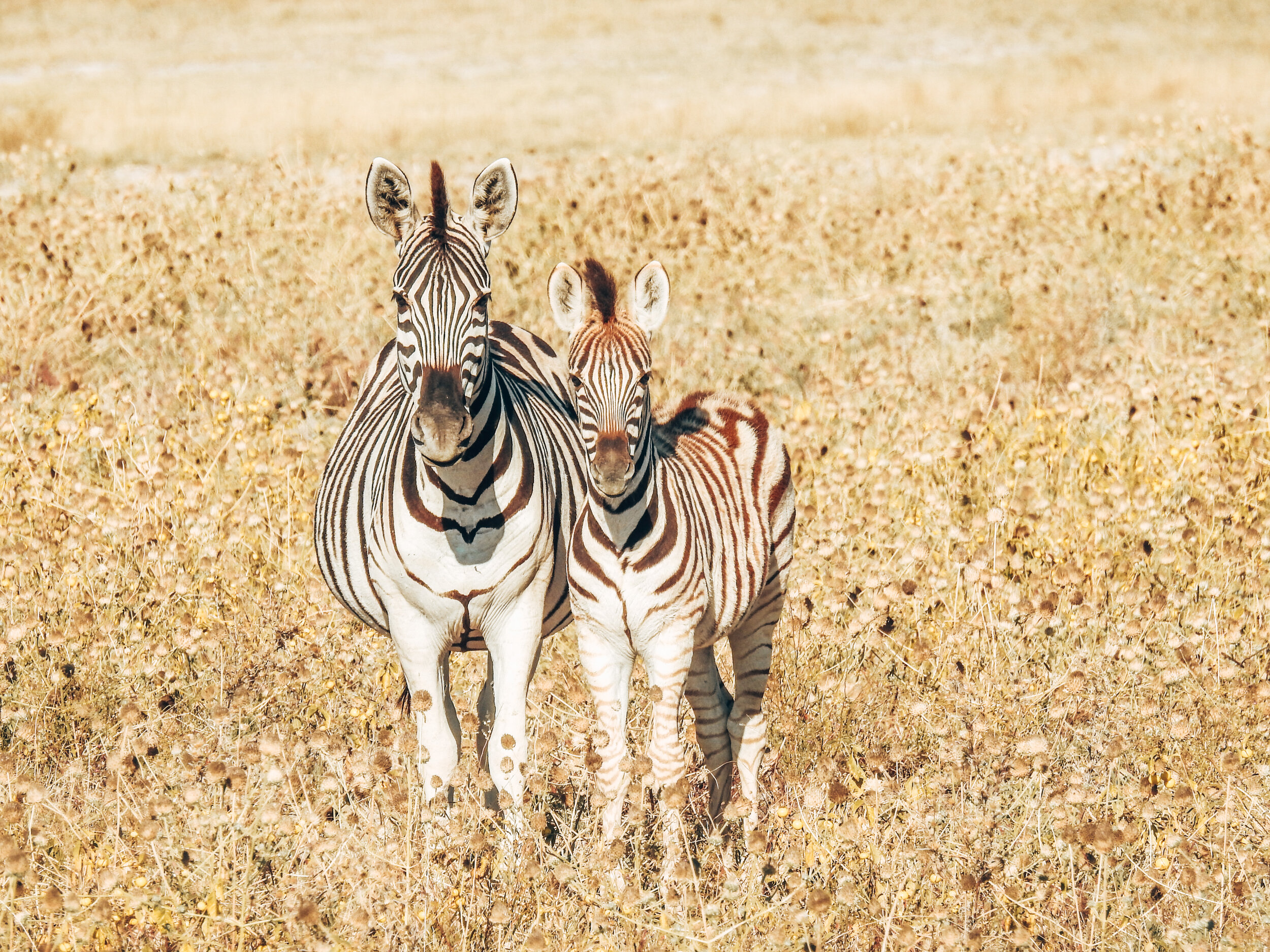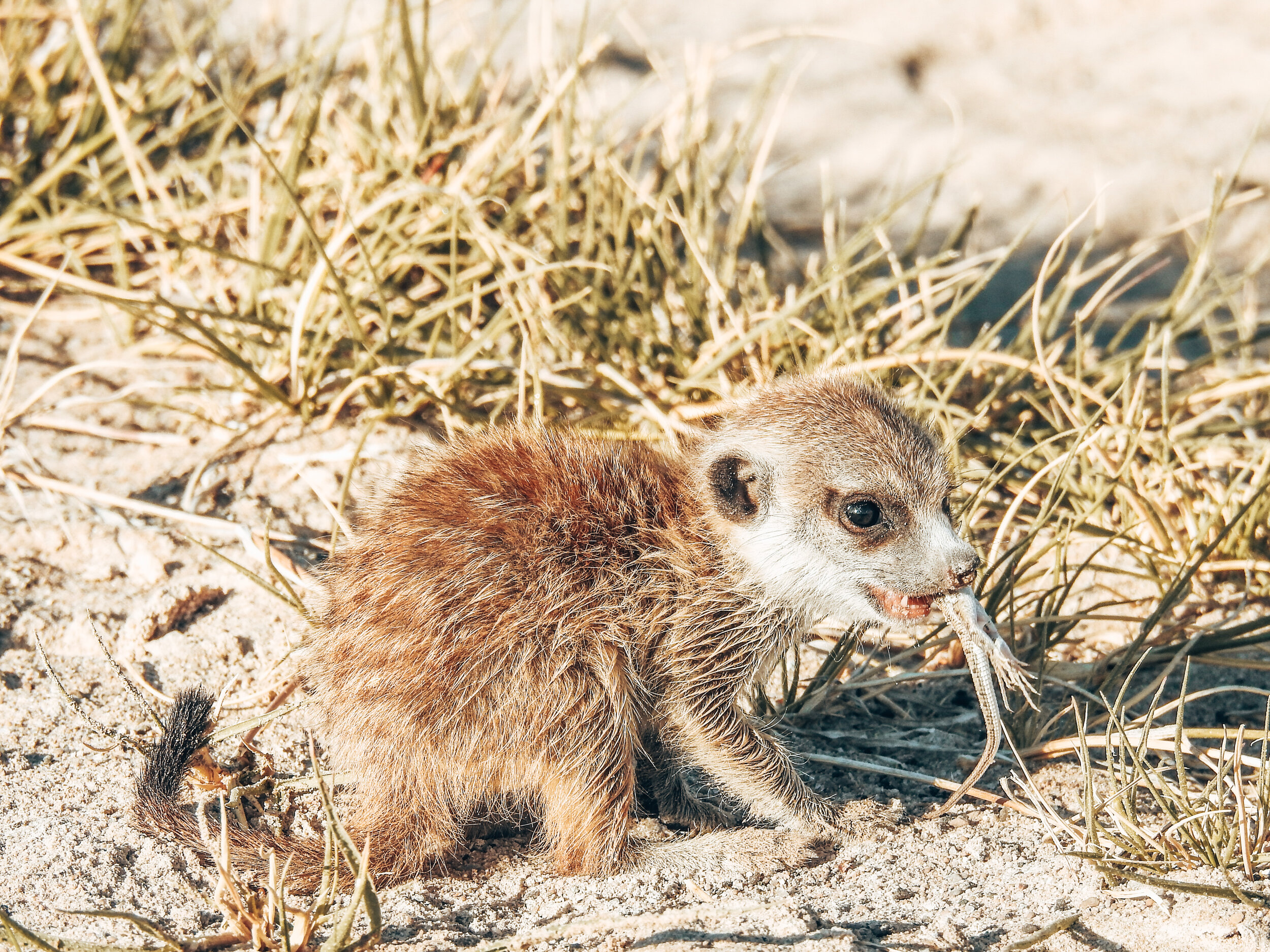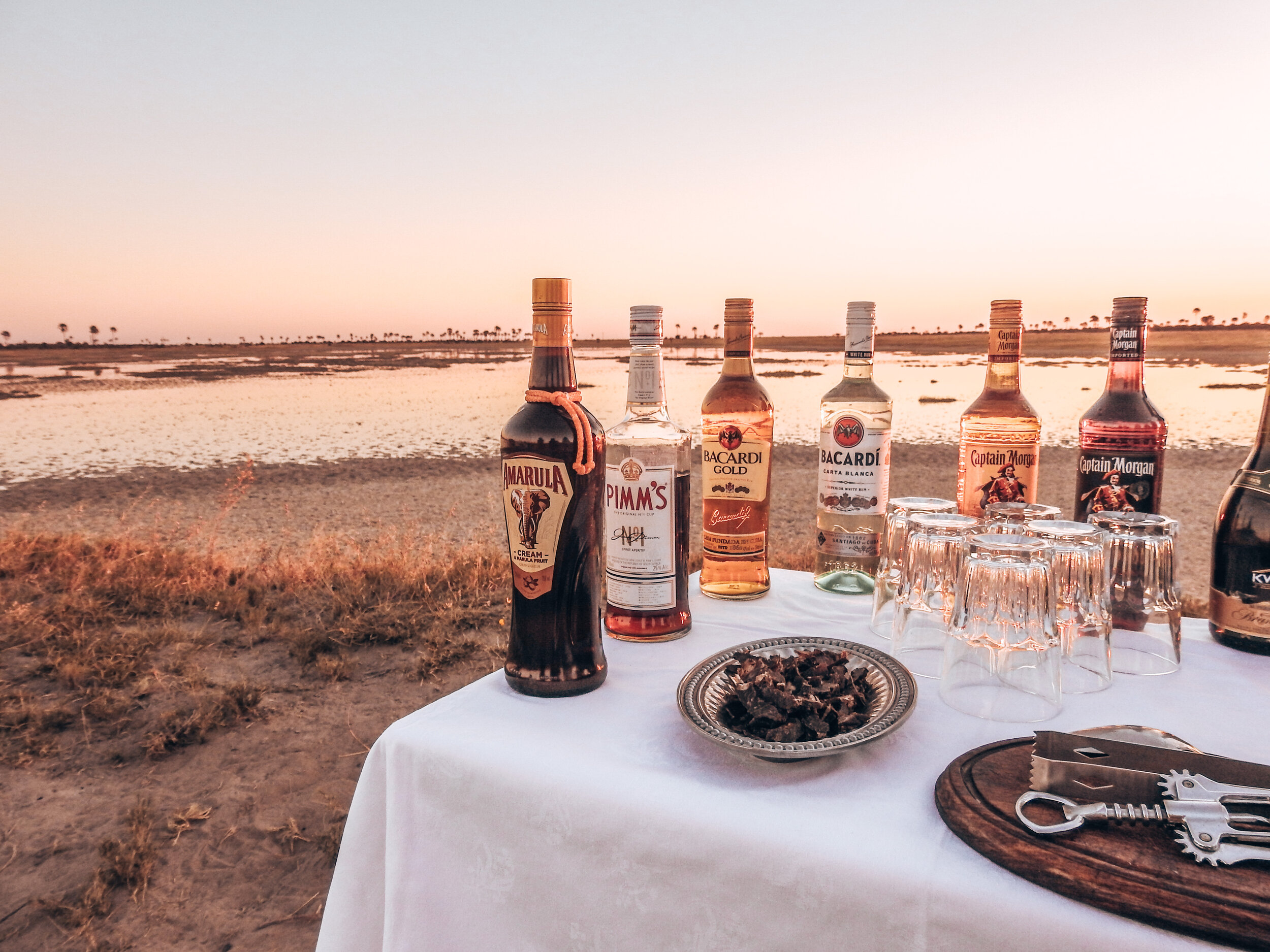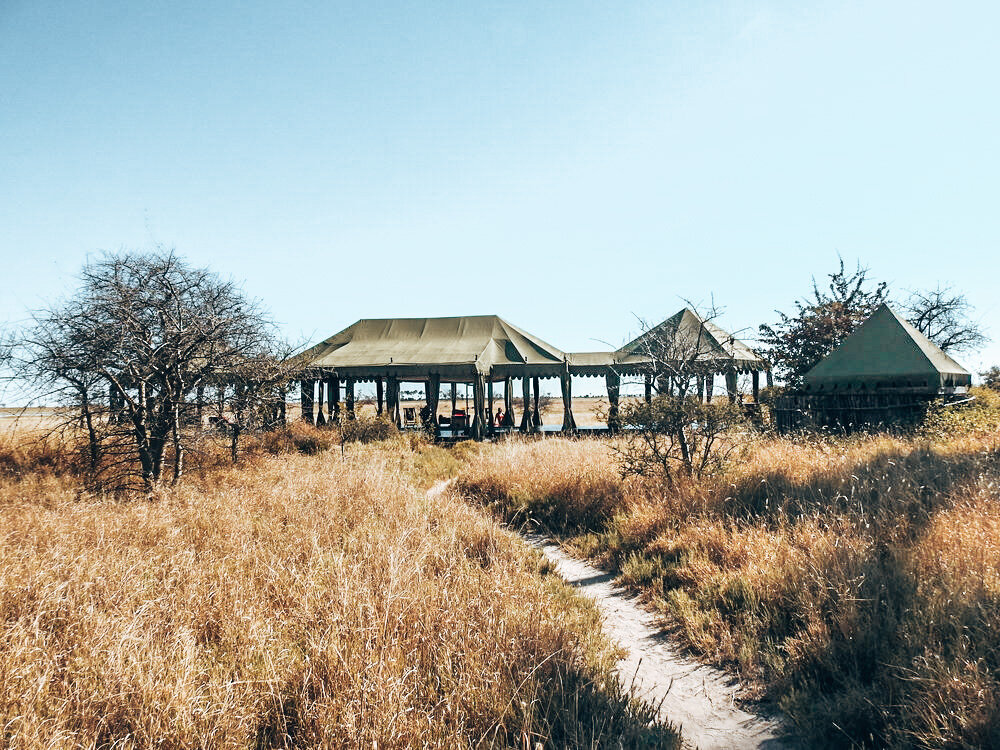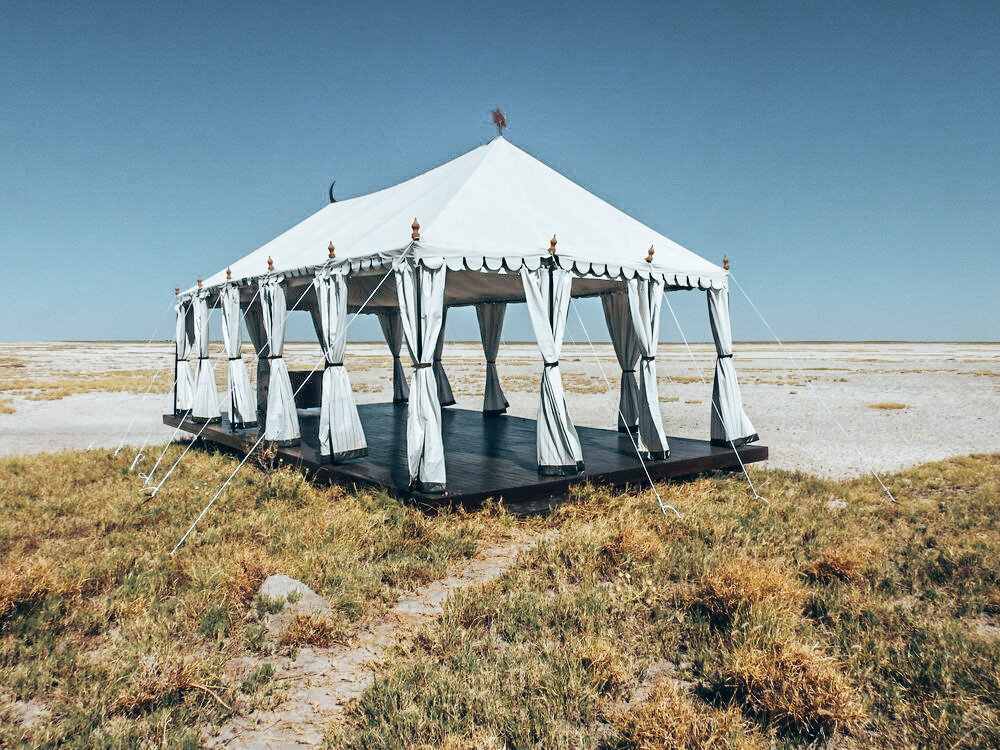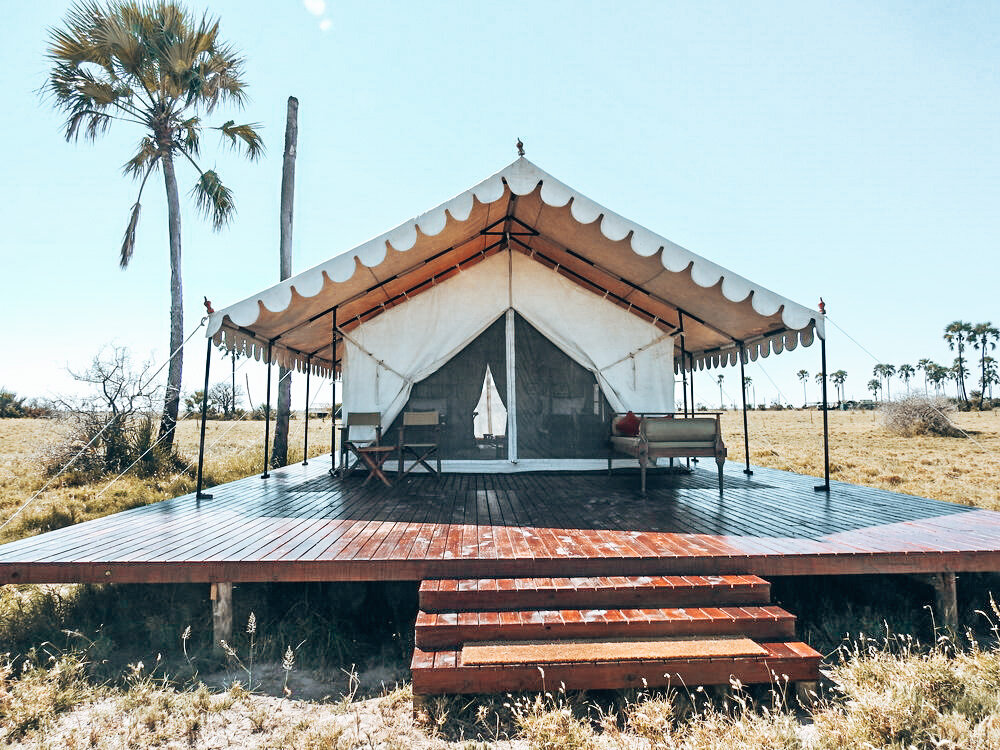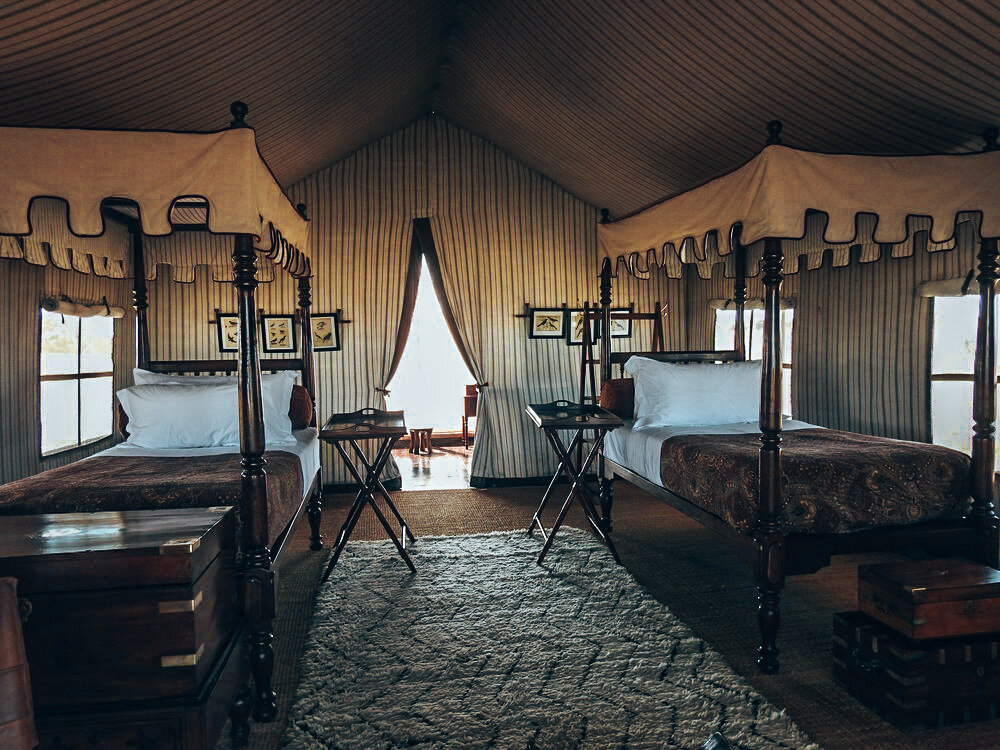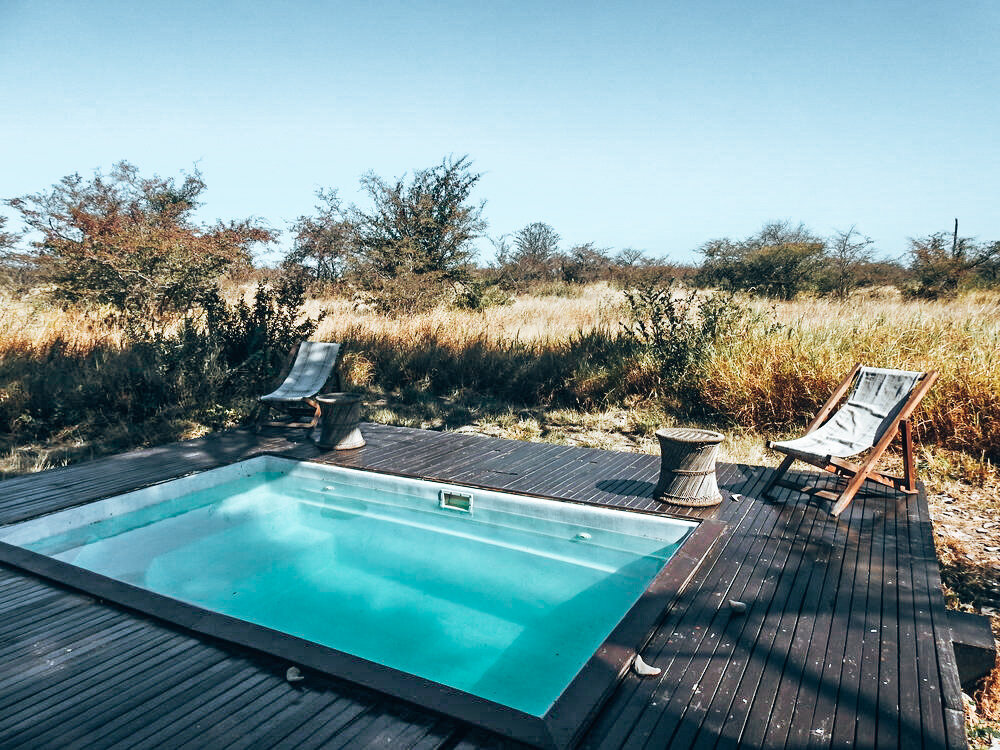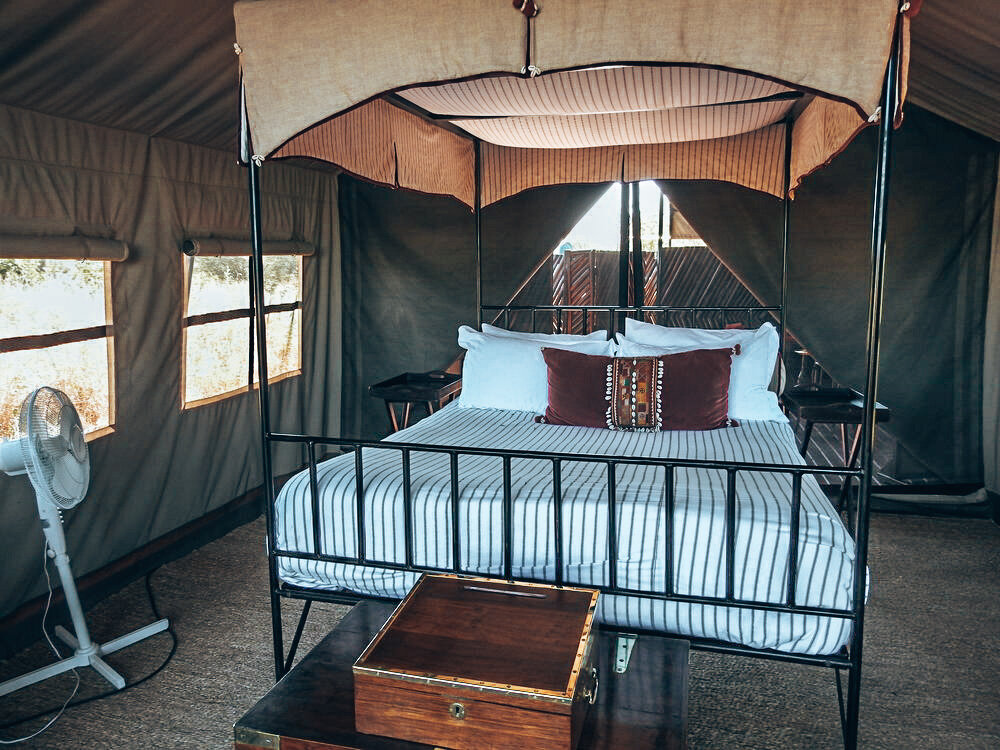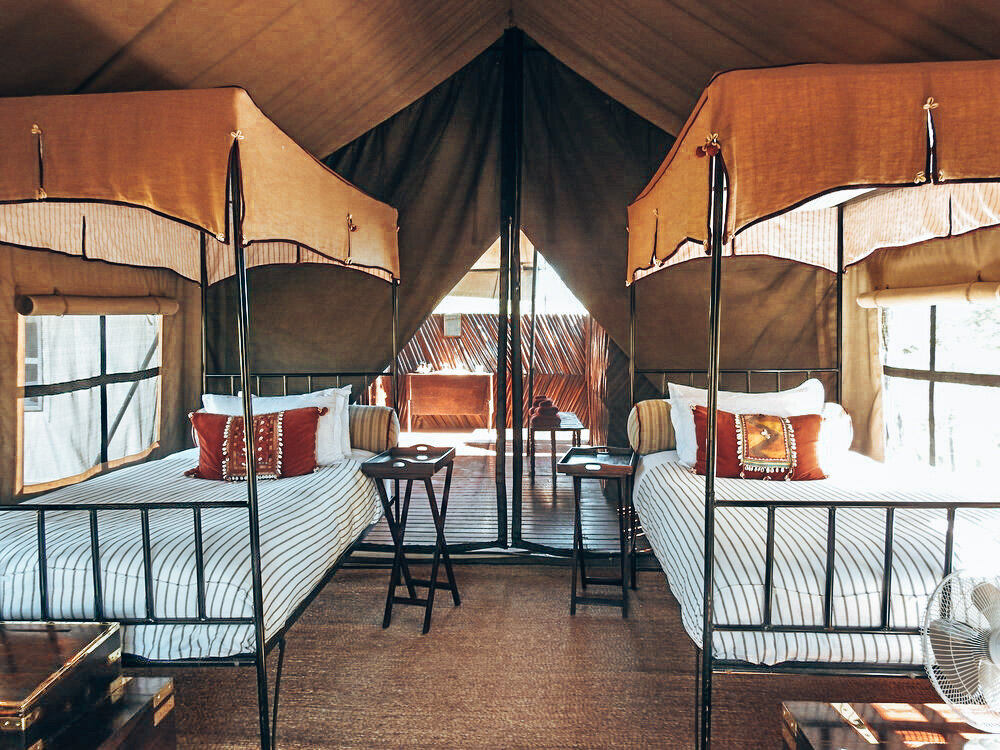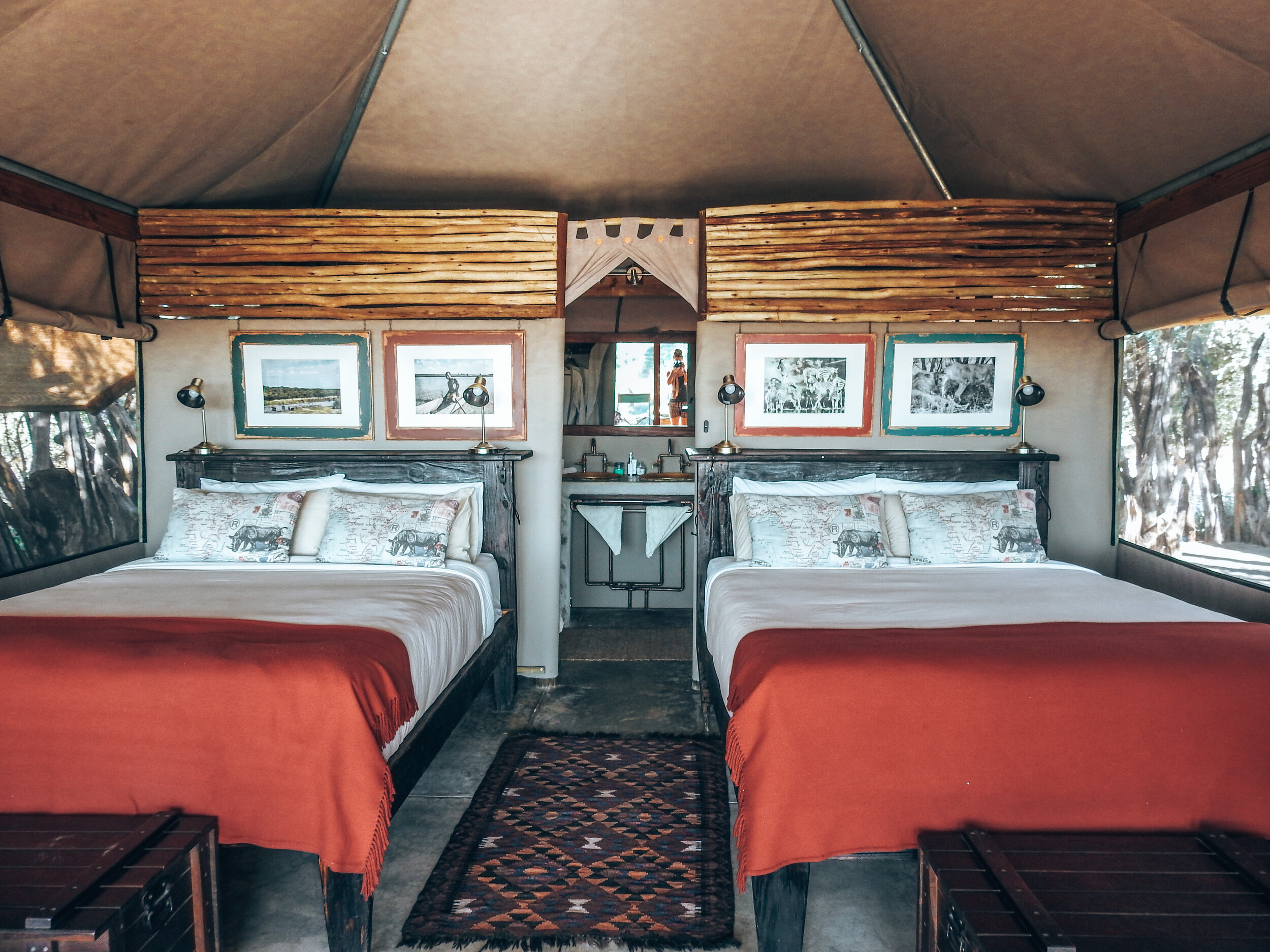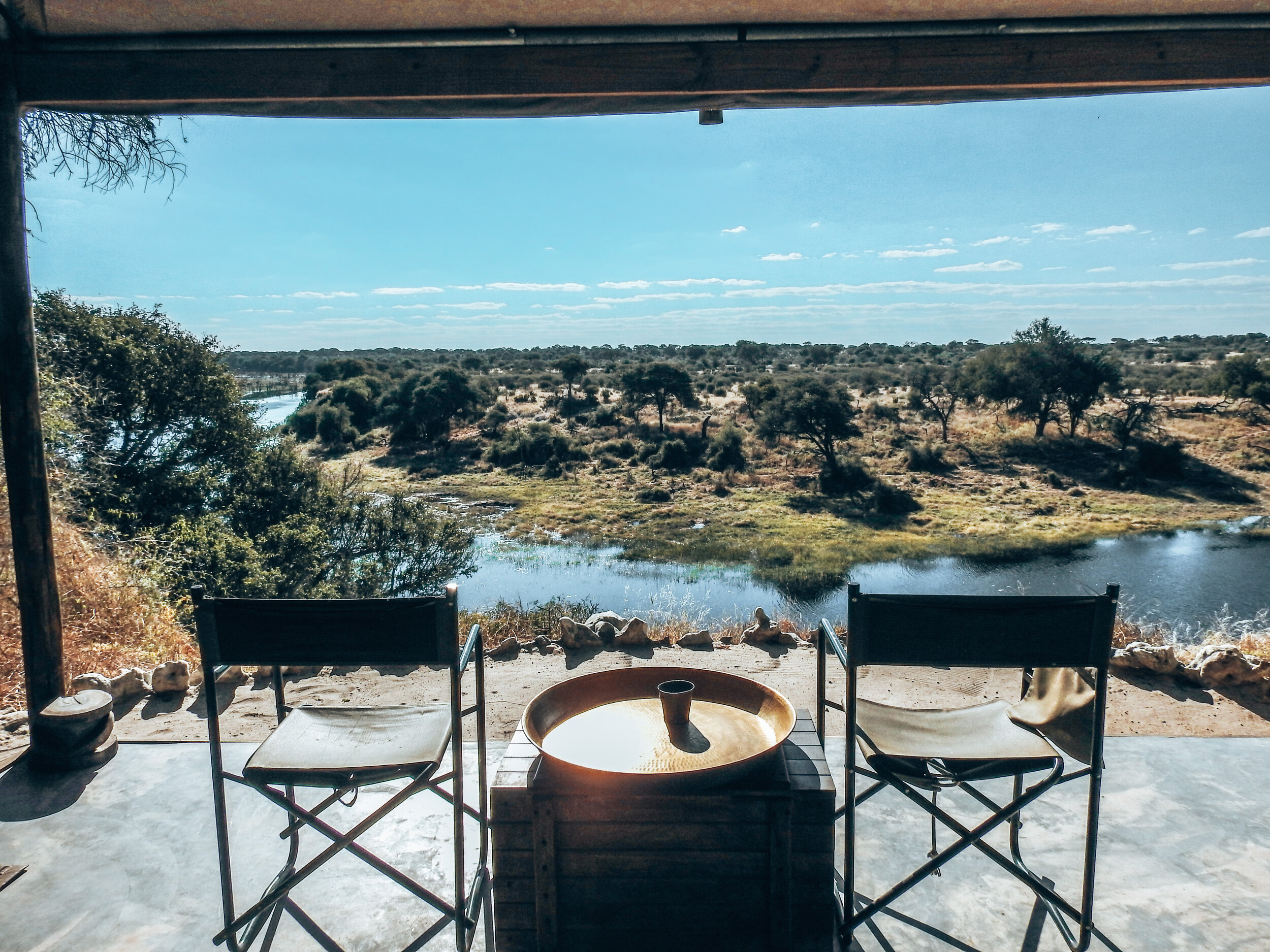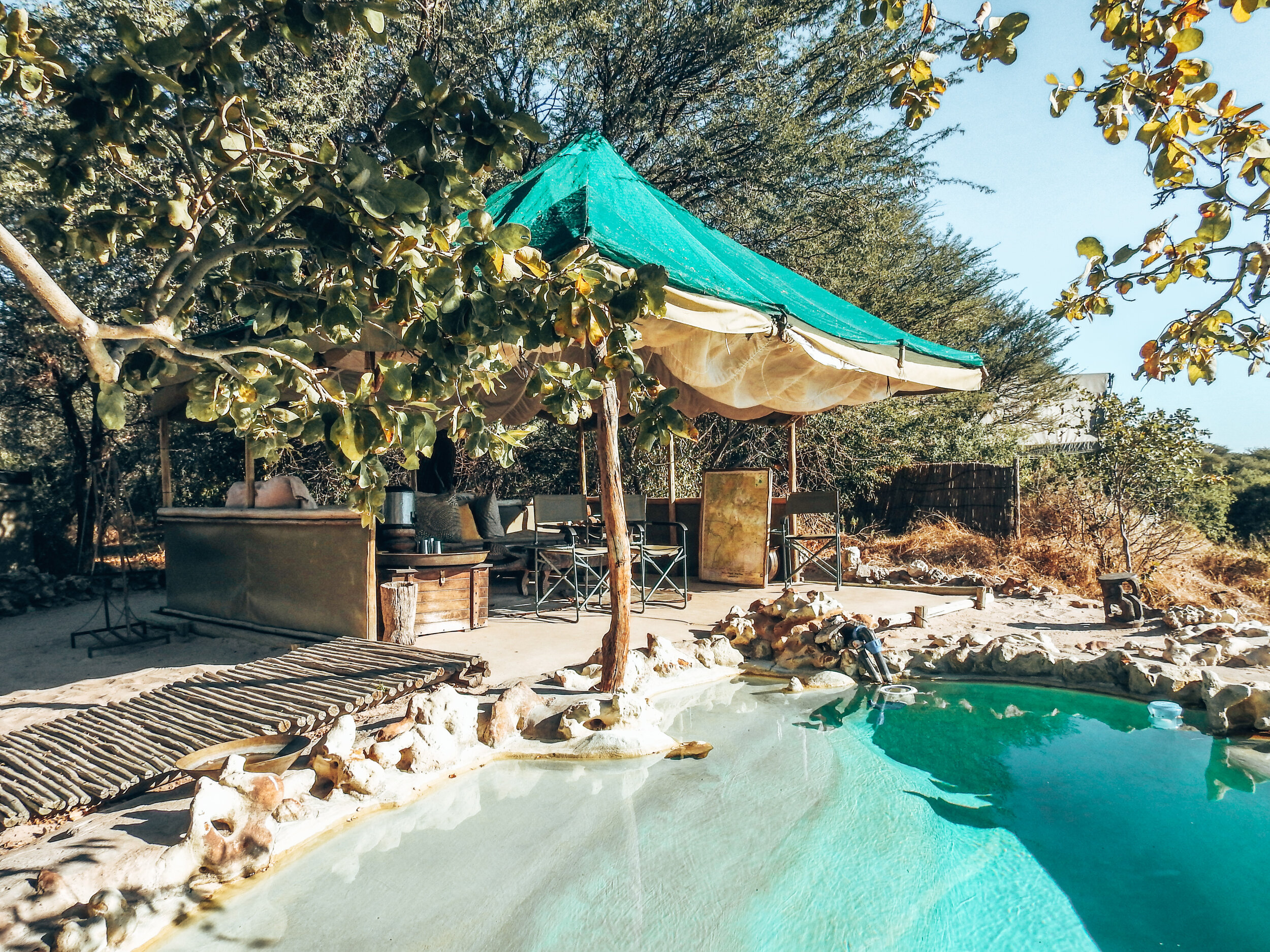The Makgadikgadi Pans, Botswana
It is highly likely that a lot of people have never heard of the Makgadikgadi Pans let alone know how to say it (it definitely took me a while)- a few might of heard of it from Top Gear when they drove beaten up cars across the pans but other than that it isn't very well known- which can actually be a good thing. To most it looks like a wide open flat with nothing to do. That is where you are wrong. I have travelled all over Africa and this is by far one of my favourite areas due to its sheer beauty, its fantastic animals and incredible star gazing.
Don't get me wrong, it isn't the cheapest place on earth and it is definitely not the most accessible of places- but once you make it there it is 100% worth it.
Some quick fun facts
The pans make up around 20% of the Makgadikgadi Pans national park and they are actually remains of a super lake that covered a huge part of Southern Africa many thousands of years ago. When the water evaporated it left the salt pans which does not allow any plants or vegetation to grow. Despite the limited water and food, this area is still called home by many species of wildlife and the very interesting and traditional San Bushmen.
What activities are there to do?
So what is there do to down in the Makgadikgadi Pans I hear you ask?
Meerkats- To me this is the most important and most exciting activity. Not only do you get to see meerkats, you have the opportunity to get right up close and personal with them. There are several families that are habituated in the area meaning that there is a very high chance you will get this fantastic experience. There is actually a guy who gets to track them and spend most of the day following them around- I'm keeping a close eye out in case this job becomes available! That’s what you call a job right??
I was extremely lucky enough to spend a few hours with a family of meerkats and it really was one of the most amazing mornings. I got to spend time with babies and watch the whole family hunt. Then, to top it all off, I had a couple of them climb on me!! The main reason they do this is so that they can get to the highest point to look out for creators- I mean if that’s what they want to use me for, they can do this all day as far as I am concerned. These meerkats are completely wild so to be able to get this close to them really is a once in a lifetime experience.
Nature drives- These drives are truly a breathtaking experience! It allows you the opportunity to see animals in a very different landscape and environment. There are even some unusual and rare animals that you may be lucky enough to spot, such as aardwolves, brown hyenas and aardvarks.
Drives along the pan- This is a wonderful way to see and really appreciate how large the pans are. It also allows you to get some fantastic pictures- especially is animals decide to be part of the photoshoot.
Quad biking- Now this is a very cool activity! You can only quad bike in the dry season which is their winter and our summer. Depending on the rains, this time period is usually from about June to October. If there is still water in the pans, it will not be possible as it will be too slippery. There is also the opportunity to quad bike into the pans to Kubu island and then sleep out under the stars!
Star gazing- Only one thing needs to be said here- the stars are out of this world! It will probably be the best you will ever see- particularly in their winter.
The migration- Most people are not aware of this, but this is one of the biggest and most spectacular migrations in Africa. Everyone knows about the migration in the Serengeti and the Masai Mara but not many people know about the one in Botswana. As soon as the rains arrive in December the Zebras begin their journey down South to the pans as they fill up with water. They usually arrive in the pans around January time and start to head back up north in early March when they start to dry up. This is truly a spectacular sight and one that often gets forgotten about. You will also have the opportunity to spot predators as they follow closely behind. This is also the time of year that the migratory birds are in the pans and also when you will have some wonderful sightings of the flamingo as they turn the pans pink!
The San Bushmen- This is a wonderful opportunity to learn about and spend some time with the San Bushmen. They will introduce you to their way of life and show you how they survive. It is a fascinating experience and makes you appreciate their culture. It is worth bearing in mind that although these guys are wearing their traditional clothing and using their tools, it is not to be forgotten that most of them no longer live like this.
Sunsets - As with most places in Africa, the sunsets are to die for. Watching an African sunset with an Amarula is my ultimate happy place! Sundowners here consist of a fire next to the endless Makgadikgadi Pans! Look at those colours!!
When should I visit?
This is a very interesting question and also a difficult one to answer. When you should go to the pans very much depends on what you want to get out of your experience.
November to April- This is Botswana's summer so it is going to be very hot- especially down in the pans where it can creep up into the 40's. It is also worth noting that the accommodations only have fans and no air con so the evenings can be quite uncomfortable. Although it is their summer, it is also their rainy season so you are likely to get rain- with the rain you get very impressive thunderstorms which creates a photographers’ dream! As the rains arrive in December the zebra migration heads down south to the pans and arrive around January time- they usually stay until March time. This is a stunning time to visit as you will have the opportunity to see the migration as well as the pans in full flood which bring beautiful birds as well as predators.
May to October- May is when the pans are still wet but have very little water in them. As the winter approaches the pans completely dry up, the days cool and are a lot less humid. There is very little chance of rain and you are likely to get very clear days and nights- giving you a fantastic opportunity to stargaze. This time of year is fantastic for the meerkat sightings as well as heading out on the quad bikes.
Where to stay?
There is a very limited number of lodges that you can visit down in the pans and even fewer where you can enjoy all of the activities. The beauty of this is that there are very few people in the area so you aren't likely to run into anyone else out there. You will feel like you have the world to yourself!
Jacks Camp
Jacks camp is the flagship property and is named after Jack, the founder himself. The camp offers a very unique style of decoration and has a very old safari explorer feel to it. The camp is the height of luxury, although a very unusual style. The camp is made of dark green draping fabric so is a little dark in some areas- particularly the large pool area which is covered. The main area is also home to a registered museum of old artifacts and animals collected by Jack from the area. The camp was designed by Jack and was very specific in his decor choices. His son has now taken over the family business and keeps Jack in mind when it is time for refurbishments. Unfortunately, Jack was killed in a tragic plane crash and is buried not too far away from the camp.
San Camp
This is a very beautiful camp which is located right on the edge of a pan so has stunning views! This is a very traditional style safari camp with draping white fabric in the main areas. The camp is very open and airy and has a very zen like feel to it. There is a yoga tent where people can enjoy some alone time as well as the main area which has lots of interesting artifacts in it. Like Jacks camp, the decor is chosen very specifically to keep up with Jacks taste.
The camp is currently undergoing some refurbishments which will result in a couple more rooms, larger tents and will eventually introduce a pool as it does not currently have one.
Camp Kalahari
Camp Kalahari is my favourite of the camps in the area as it is a lot simpler and less over the top than Jacks and San camp. Although it is further away from the meerkats, it is still in a fantastic location to enjoy all of the activities. All three camps are just a short drive between each other and are all part of the same family. The camp has a small plunge pool and relaxing area around it which is perfect for a dip on a hot day.
Planet Baobab
Planet Baobab is a very large and simple property. It is more suited to people on a budget and who enjoy backpackery style accommodation. It does have a very large pool open pool which is very inviting. The rooms have quite strange layouts and are not suited to people who are wanting a romantic getaway or any form of luxury. It is also worth noting that this accommodation is very far away from the meerkats and to get close to them you will have to travel into the pans and spend a night camping out under the stars- which doesn't sound too bad at all really does it?
Meno A Kwena
Meno A Kwena is based in a different location than the other four accommodation's I mentioned above. It is based on the edge of the pans and the main focus here is game drives in the national park and boat trips along the river. Unfortunately, you cannot visit the meerkats from here but it could be a nice combination to stop off at before heading to one of the other properties. Out of all of the accommodations I have stayed in, this has by far the most incredible view!
How to get to the Makgadikgadi Pans
Getting to the Makgadikgadi Pans isn't as hard as you think it will be- but yes it can be expensive so put those pennies in your piggy banks.
Driving- Driving to the Makgadikgadi Pans is the cheapest way to get to them. You can pick up a car in Maun and drive around four hours to get to them. It is very important that you do your research before picking up your car as you will need to ensure that you have a very good map and adequate driving directions/instructions. It is very important to speak to people who have travelled the roads recently as there are sometimes points where it says the road is closed, but in fact you can ignore the sign and continue driving- if you detour then you may not make it to where you need to be. As an example, we followed the map and came across the above- luckily we spoke with our friend who directed us and got us back to where we need to be. It is also worth bearing in mind that unlike places such as Namibia and South Africa, this is a VERY boring drive. You may be lucky enough to spot some wildlife on the journey but it definitely isn't the most thrilling of drives I have ever done in Africa. Mostly the roads are tar but there are A LOT of potholes that can slow you down so please be careful!
Please note that depending on your onward plans after the pans, you may miss out on your last morning activity due to needing to get back no on the road.
Scheduled road transfer- If you want to save some money and have the experience of travelling by road, then you can arrange a road transfer from Maun to the camp, however, please note this will be a long drive.
Flying- This is the most effective but most expensive way to get down to the pans. If I am being honest, it is definitely worth the extra money as it saves a lot of hassle and time! The planes are light aircrafts and the journey can take around an hour from Maun- the camp you are staying at can book this for you.
Useful tips
Language- Luckily the national language is English, however, there are lots of local and tribal languages that you will discover! Ask your guide to teach you some!
Currency- The local currency is Pula, which means rain in SeTswana. However, if you are just visiting safari camps USD is the preferred currency
Luggage- If you are planning on taking light aircraft to get around, please be aware that you will need to limit your luggage to 20kg per person in soft sided bags.




